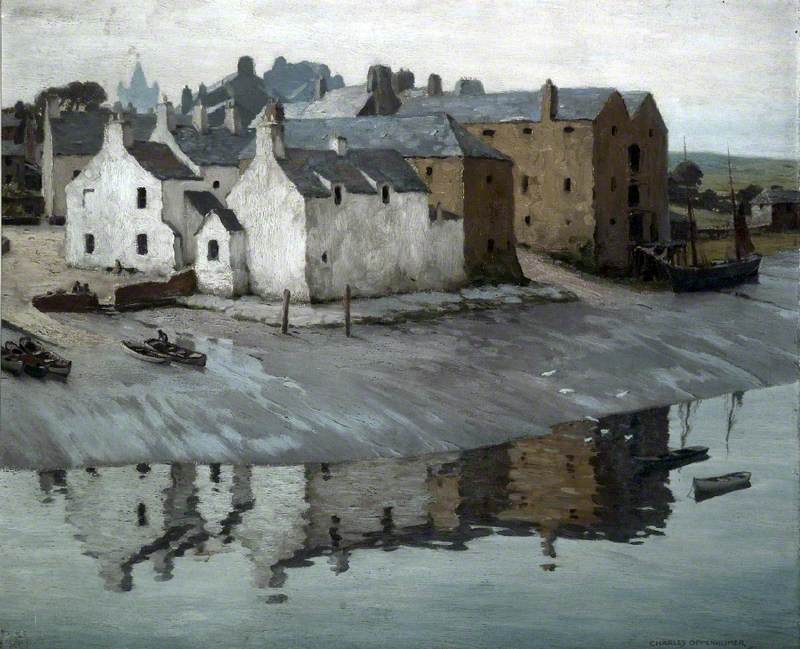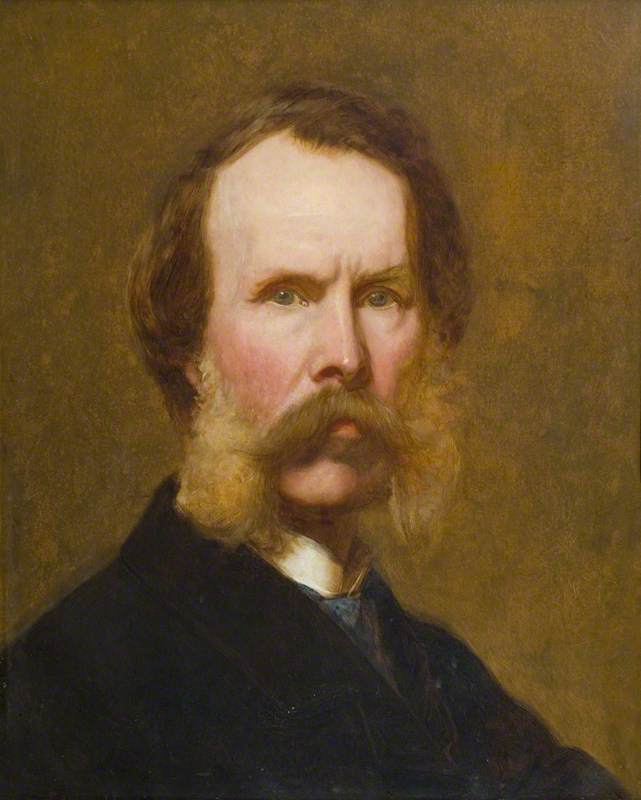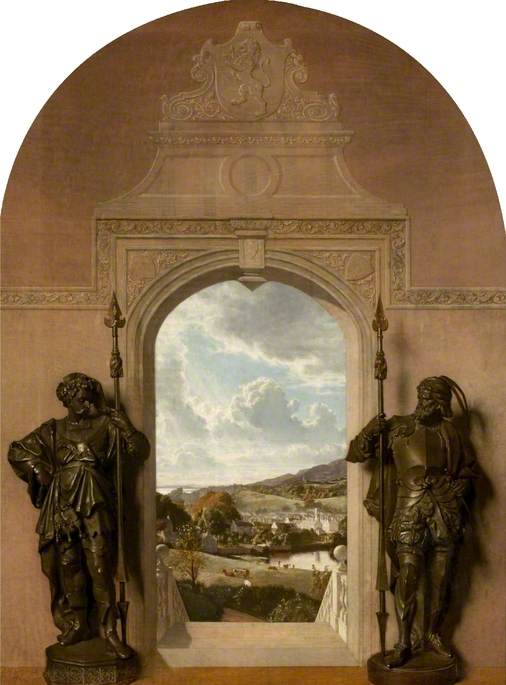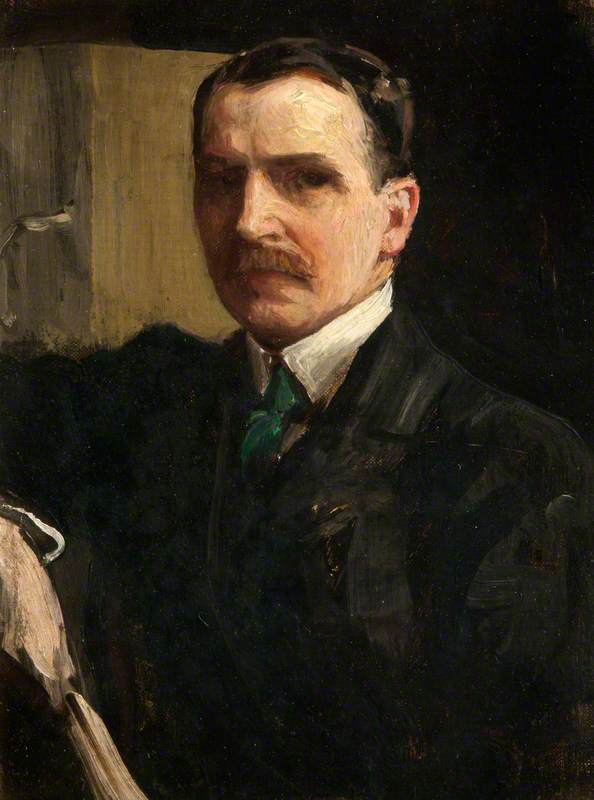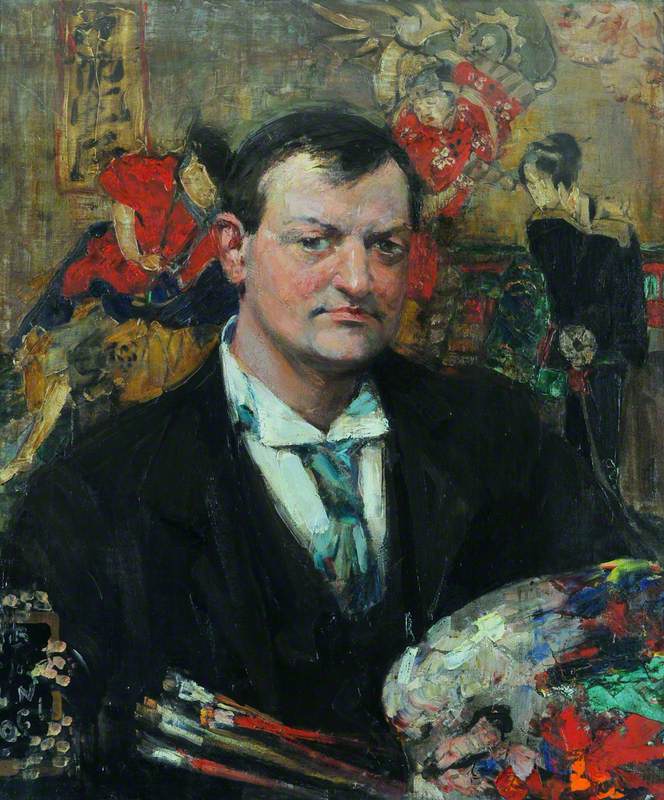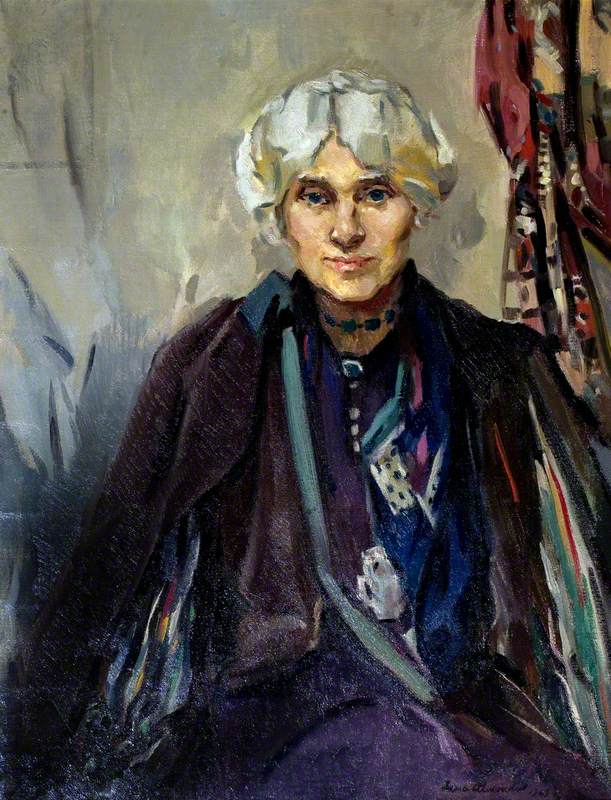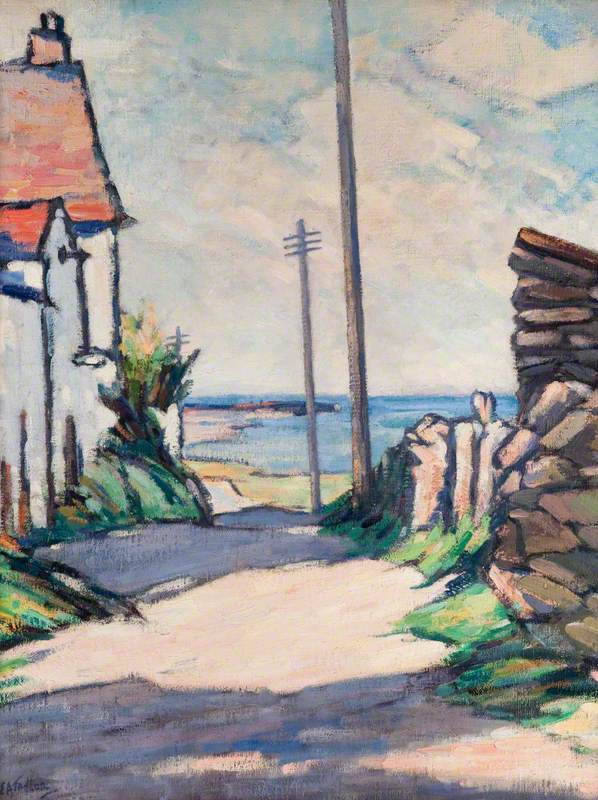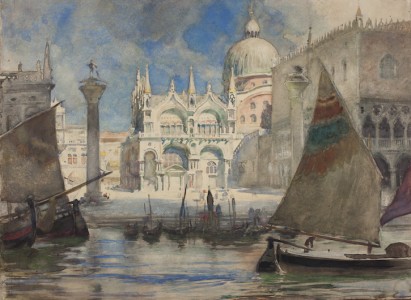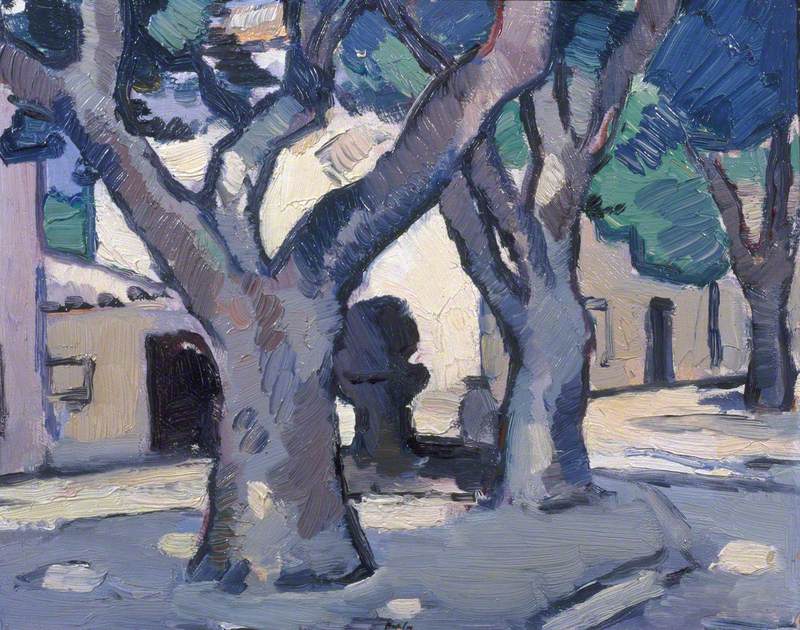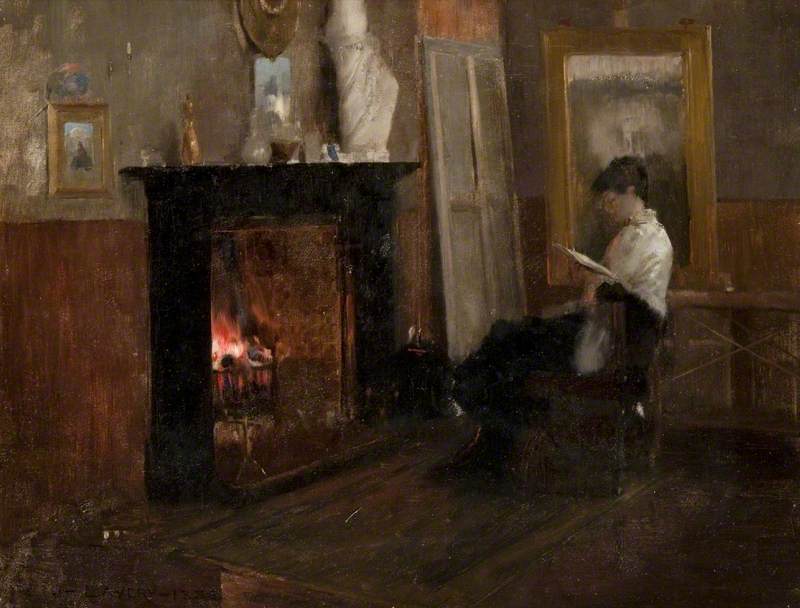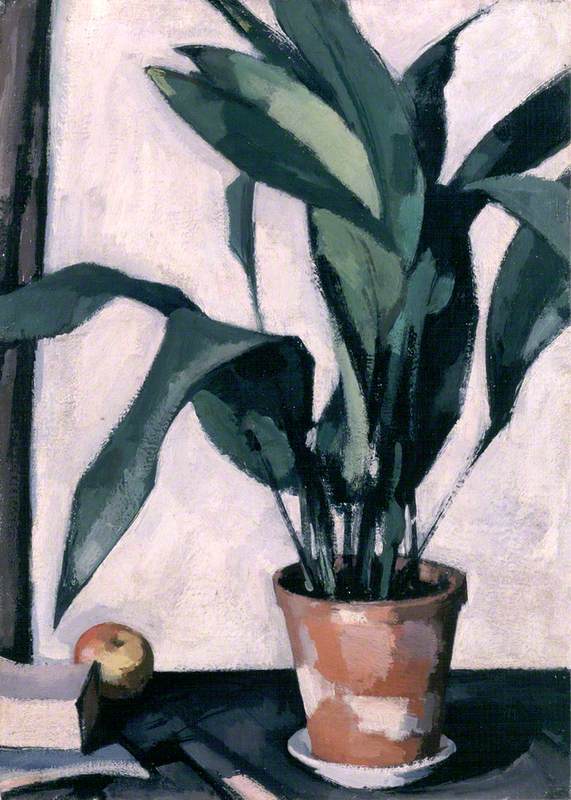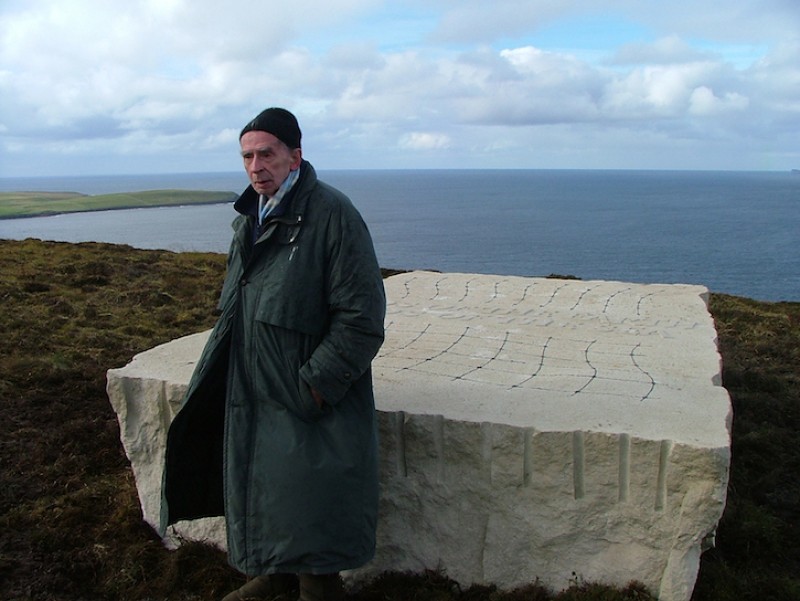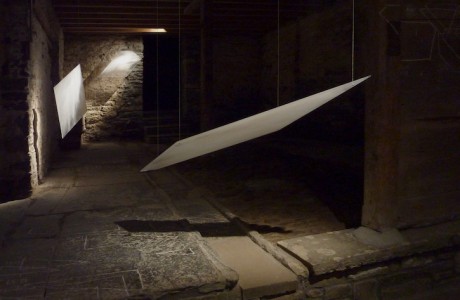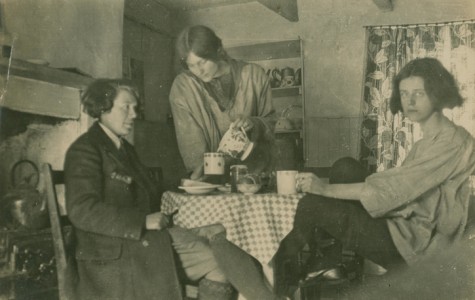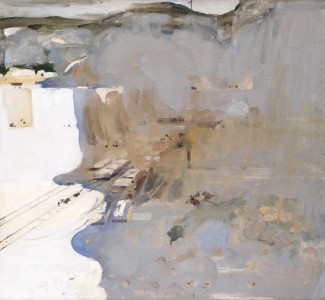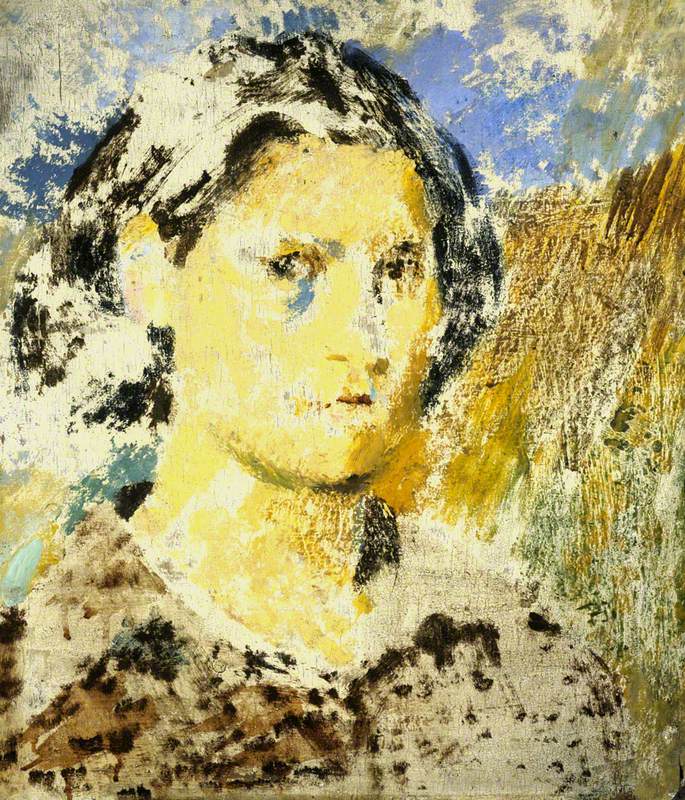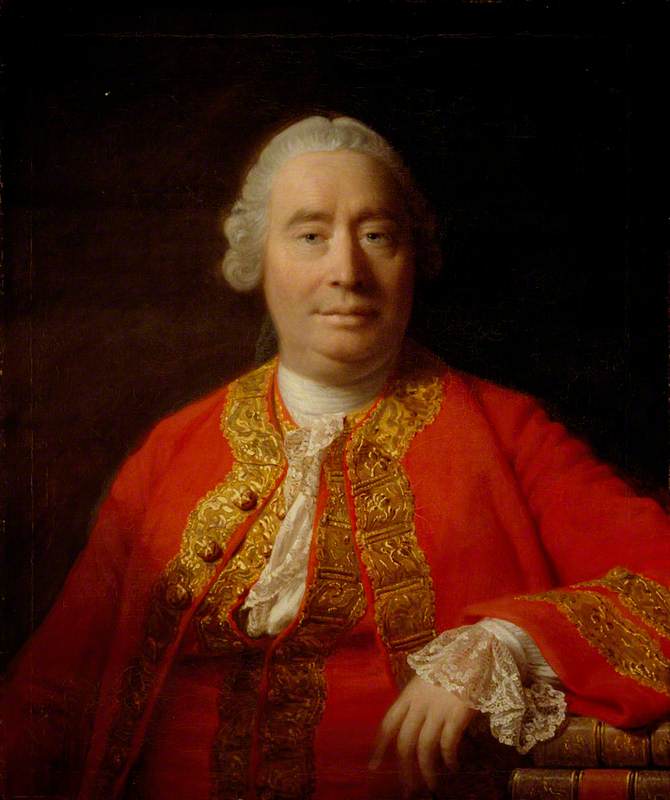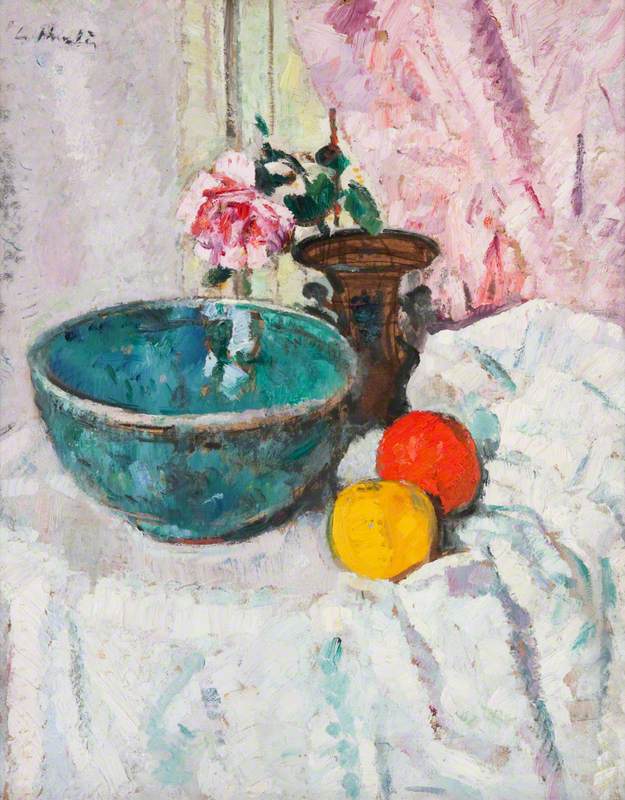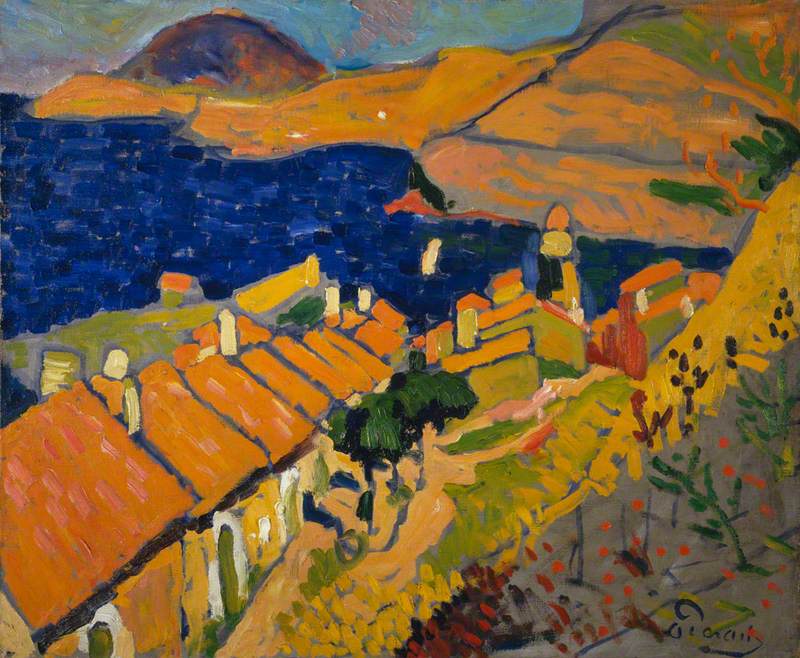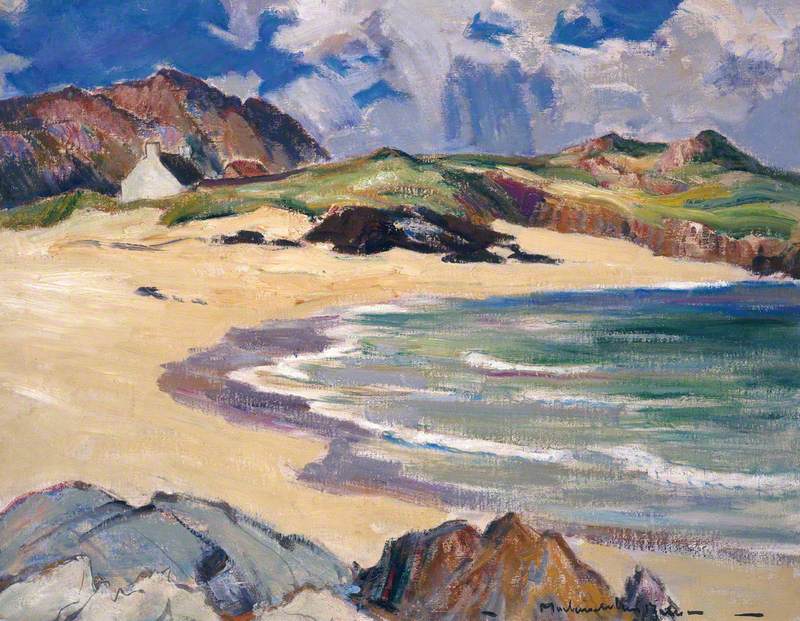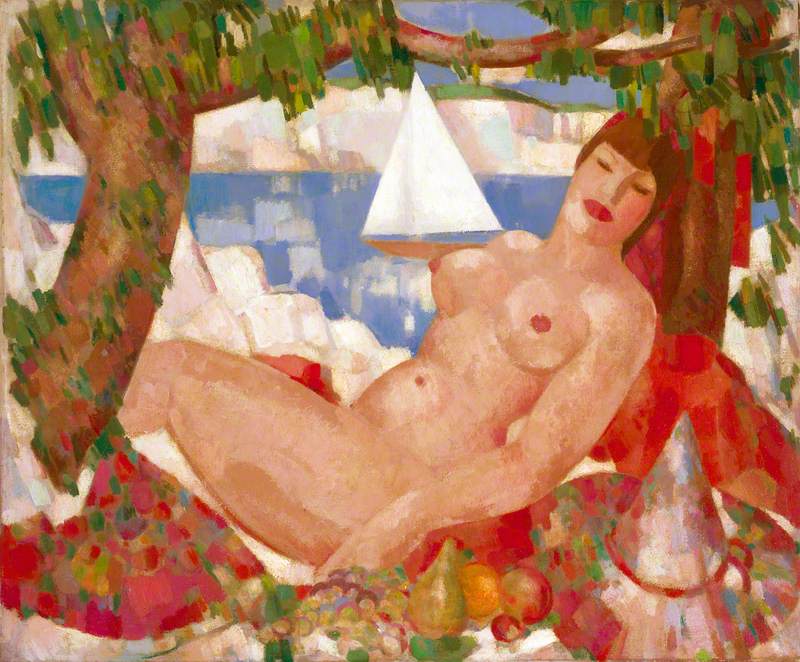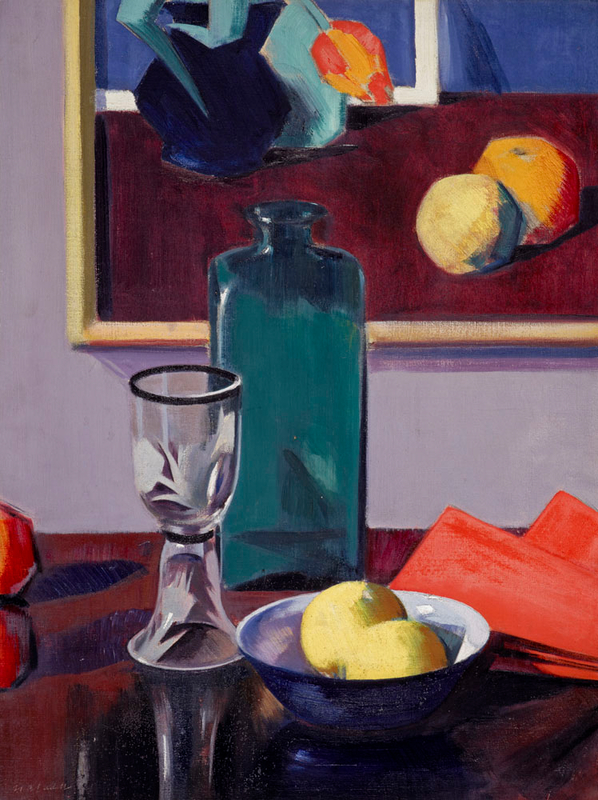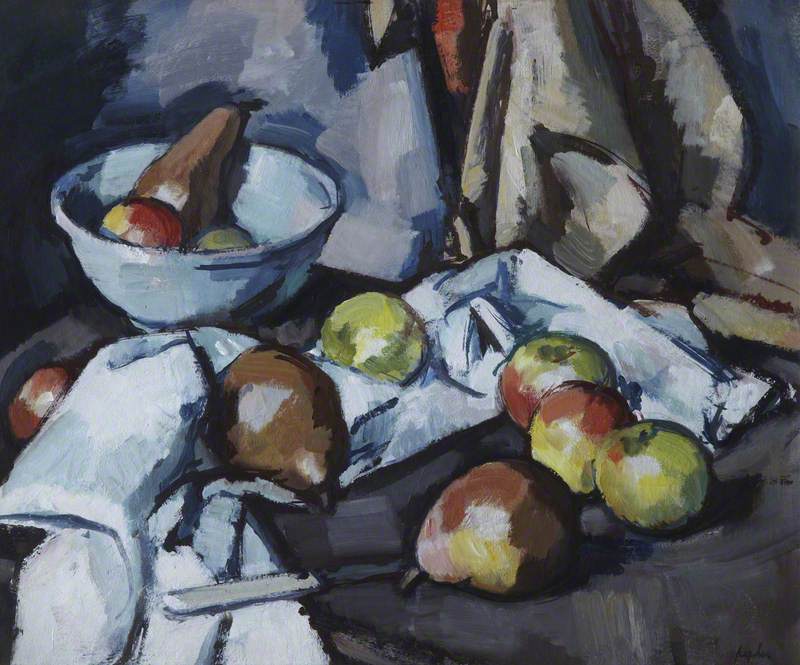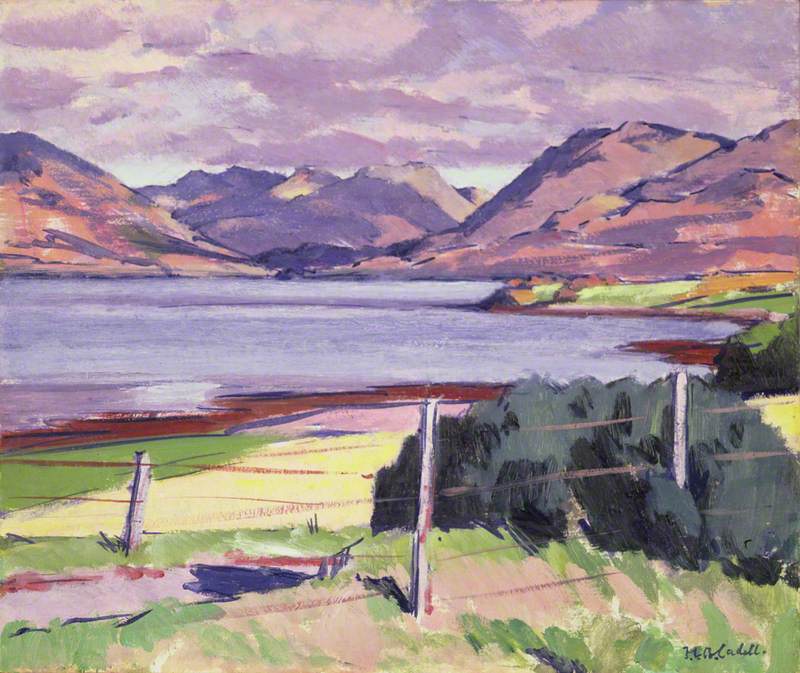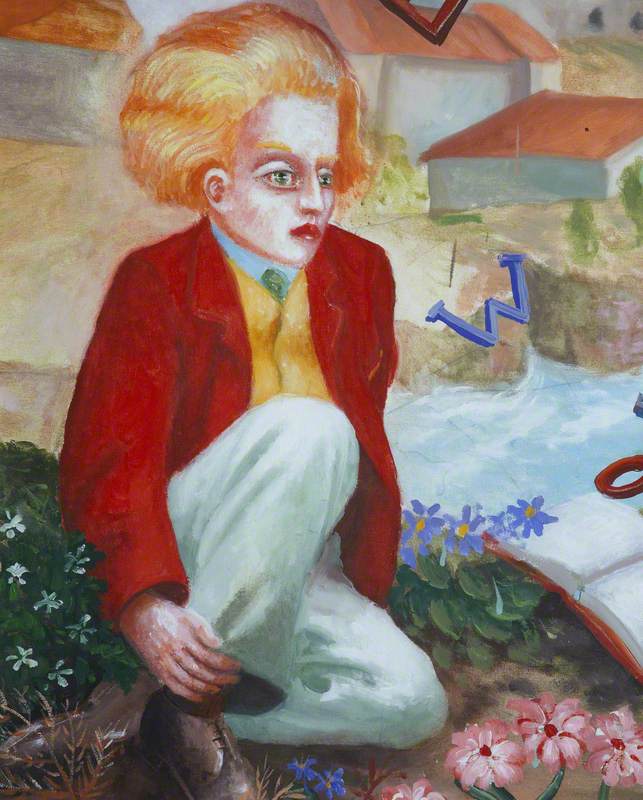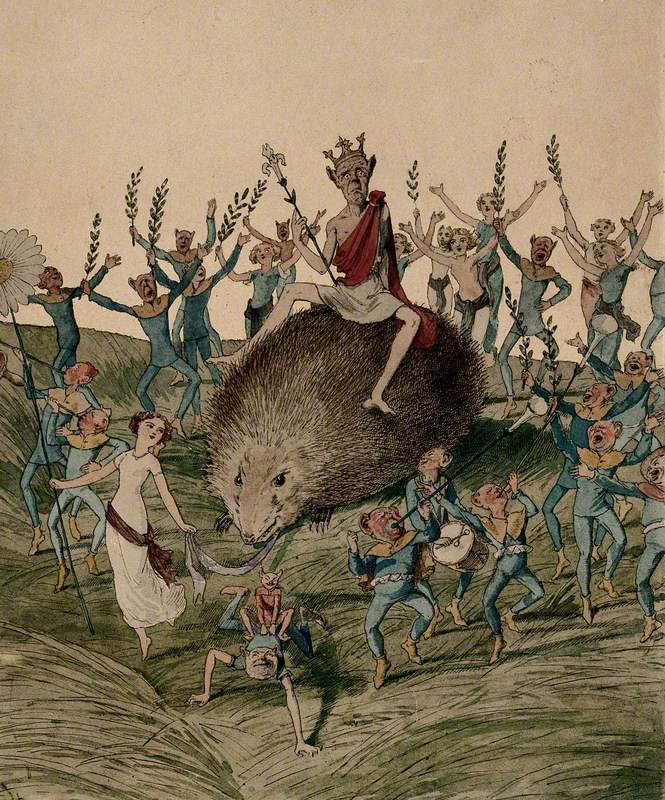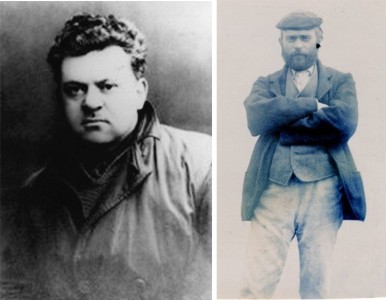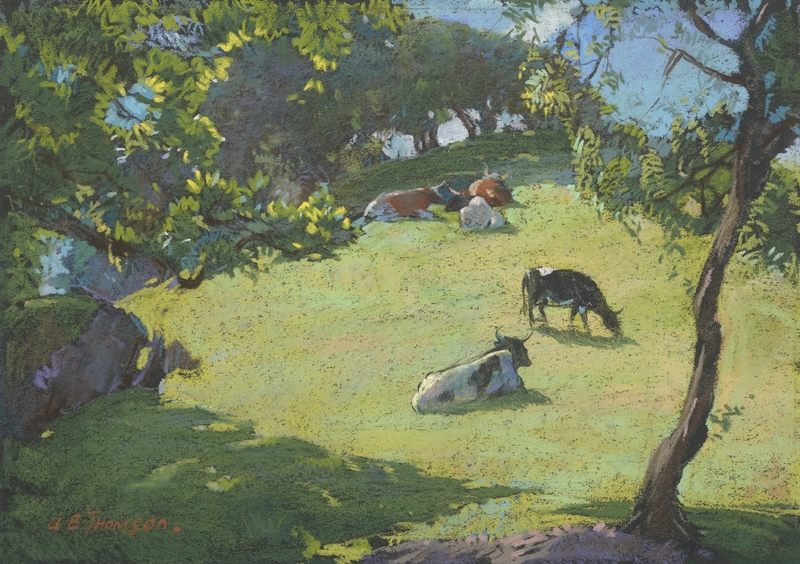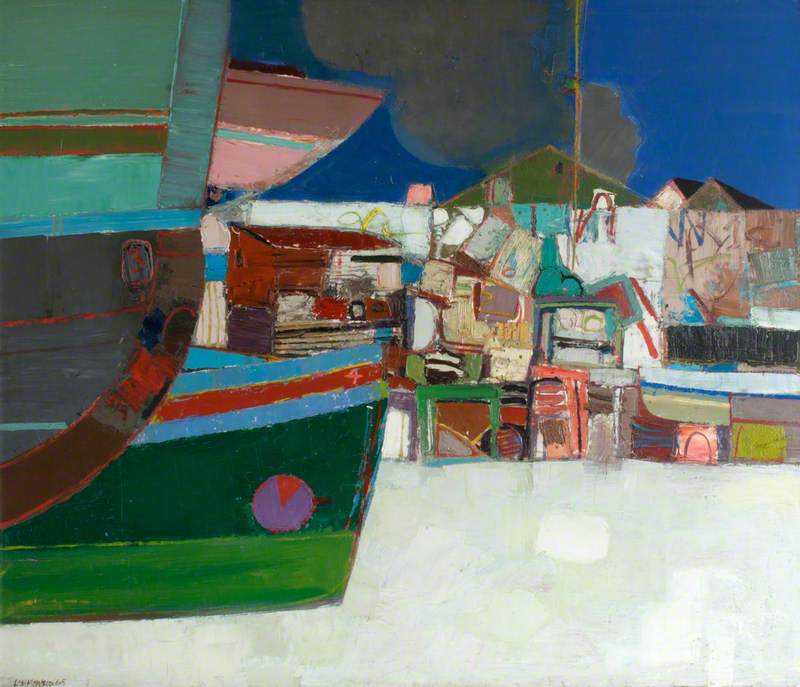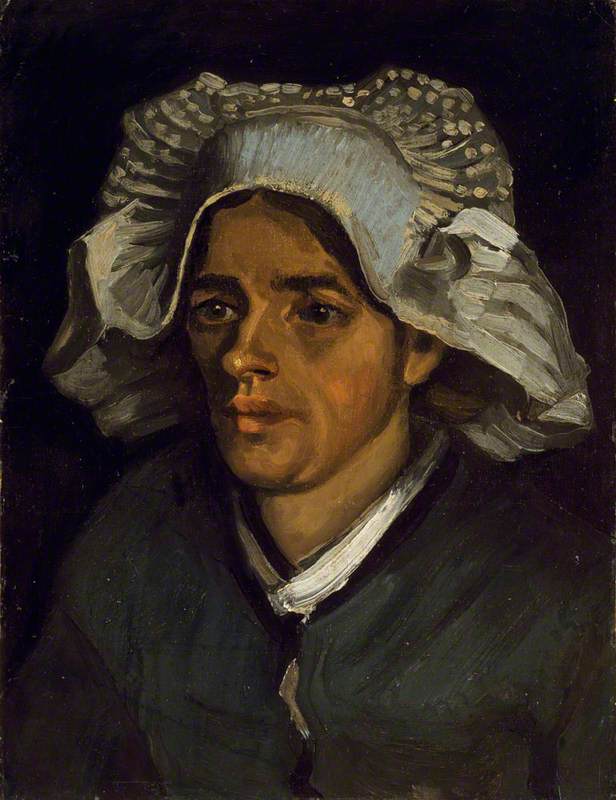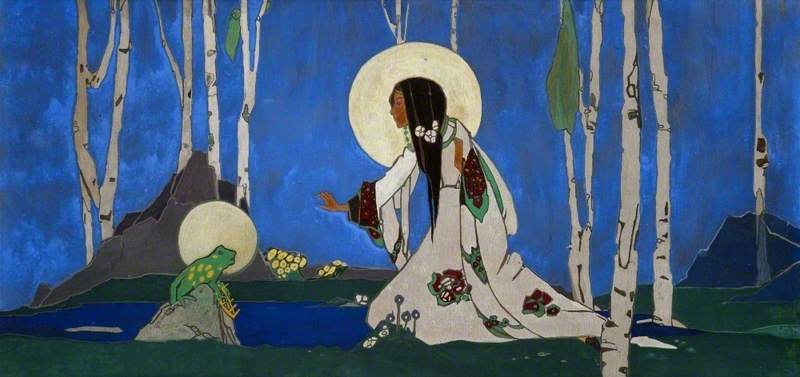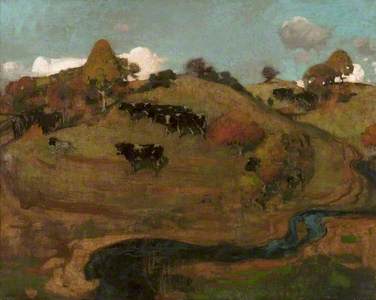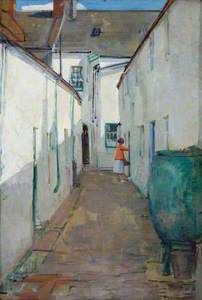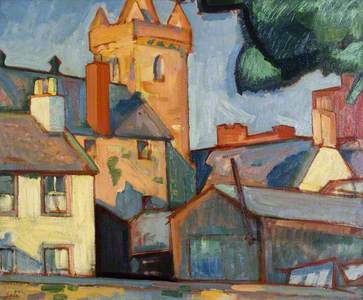Kirkcudbright, a small and picturesque harbour town on the Solway Firth in Dumfries and Galloway, has a rich, important artistic history, and a reputation for attracting internationally recognised artists that belies its modest size.
Long known for its strong creative community, Kirkcudbright is famous for being the inspiration for many distinguished nineteenth- and twentieth-century painters, and is still, to this day, referred to as an artists' town.
More than a century after it first became established as the home to a respected colony of artists, Kirkcudbright continues to be an important centre for visual art and creative practice in Scotland.
The first artists of note to have worked in the town are often thought of as being well-known figures such as Edward Atkinson Hornel, Jessie Marion King and her husband Ernest Archibald Taylor. However, it is the painter John Faed who first led Kirkcudbright's reputation for artistic excellence.
Faed was born in 1819 at Gatehouse of Fleet – just a few miles from Kirkcudbright – to James Faed and Mary McGeoch. He first learned to paint while still a boy, and later moved to Edinburgh to pursue a career as an artist.
He was the eldest of six children, five of whom went on to become celebrated artists, exhibiting at the Royal Scottish Academy, to which John was elected a member in 1851.
The Faed family – including John's brothers James, Thomas and George, and their sister Susan Bell Faed – were hugely influential figures in Scottish art at the time, inspiring others to follow their artistic passions.
John Faed never cut his ties with the southwest of Scotland and in 1868 built a house in Gatehouse of Fleet, where he settled in 1880. He became something of an inspiration to younger generations, and was appointed President of the Kirkcudbright Fine Art Society, whose exhibitions launched the careers of many local artists.
It was around this time that Kirkcudbright started to become a popular destination for notable artists from outside the area.
Many of the group of artists who came to be known as the Glasgow Boys and Girls – including James Guthrie and George Henry – began to work in and around Kirkcudbright in the 1880s.
They were radical in their approach to art, identified themselves as rebellious and anti-establishment, and openly rejected the ideals, subject matter and painting style of some of their older, more traditional colleagues.
The group painted all over Scotland and abroad, and became internationally acclaimed for their landscape paintings.
They also brought an international perspective and reputation to the town.
E. A. Hornel – who grew up in Kirkcudbright – also helped to firmly establish the town as a colony for artists.
Considered one of the most original and successful artists in Scotland at this time, he attracted many of his contemporaries to the area.
Hornel was born in Australia but moved with his family to the southwest of Scotland when he was young. He left Kirkcudbright to study art in both Edinburgh and Antwerp, but returned to live in his home town in 1885.
In 1901 he bought Broughton House on the High Street and turned it into his home, studio and salesroom. His friend, the architect John Keppie, designed the studio for him.
The house is now in the care of the National Trust for Scotland, and has become an attraction for both tourists and artists.
#FiresideHeritage at Broughton House, Kirkcudbright
— SCRAN (@Scranlife) December 4, 2020
Imagine the creative conversation with @RoyalScotAcad artist Edward A Hornel & friends L-R
John Keppie, architect
Hornel, himself
Philip Halstead, musician & family friend
Elizabeth Hornel
@N_T_S https://t.co/V1DwmoaoQe pic.twitter.com/X5hMyNquSA
Hornel's closest colleague in the early years of the 'Glasgow Boys' was George Henry, who introduced him to many of the Glasgow painters. Together, he and Henry experimented with a new style of painting, creating many energetic and decorative works.
They became controversial figures in the art world at the time, with paintings that rejected ideals of traditional representation.
The Druids: Bringing in the Mistletoe
1890
George Henry (1858–1943) and Edward Atkinson Hornel (1864–1933) 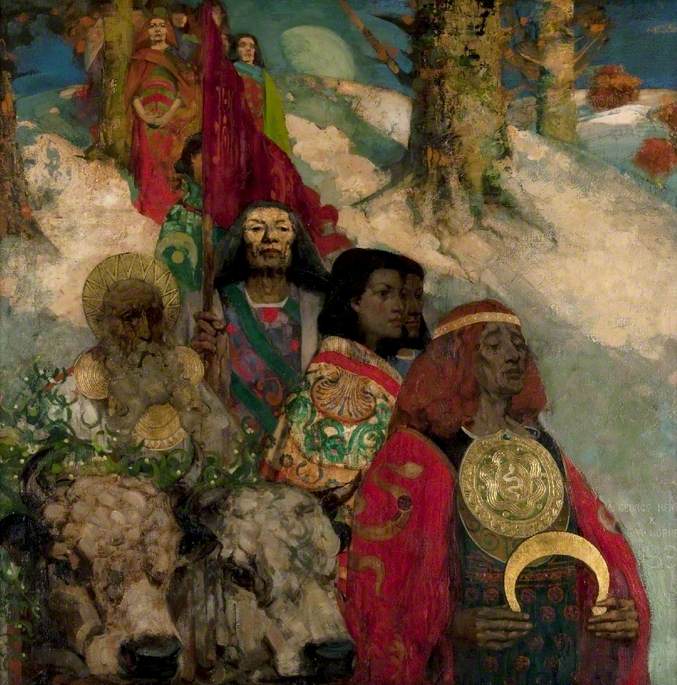
Jessie M. King, known as one of the 'Glasgow Girls', was another great friend of Hornel. She first visited Kirkcudbright in 1903, when the town was already firmly established as an artists' colony.
King taught at the Glasgow School of Art from 1902 to 1908 and, greatly influenced by Hornel, in 1908 purchased an eighteenth-century property in Kirkcudbright, close to Broughton House.
The artist Charles Oppenheimer and his wife also moved into the house next door to Hornel around the same time. Oppenheimer was later elected a Royal Scottish Academician, and became an important figure locally.
In his later years he was elected Honorary President of the Harbour Cottage Fund, which eventually led to the opening of the Harbour Cottage Gallery.
In 1908, King married E. A. Taylor. In 1910, Taylor accepted a teaching post at a new art school in Paris, and after a year there, the couple opened their own art school in Montmartre, which they called 'The Sheiling Atelier'.
They taught in Paris during the winter, and also established a summer school at High Corrie on Arran, where they would spend the rest of the year, bringing artists from Paris to the island in the Firth of Clyde.
At the outbreak of the First World War in 1914, the couple were unable to continue teaching in Paris. Instead, they returned to Kirkcudbright the following year, and continued to teach at their summer schools.
After the war was over, they decided against restarting the school in Paris and instead stayed in Kirkcudbright. They became key members of the community of artists there, and rented out studio cottages to promising young artists, such as Dorothy Johnstone.
Greengate Close, Kirkcudbright, Dumfries and Galloway
1940–1980
Dorothy Johnstone (1892–1980) 
Through both their teaching, and their network of friends and acquaintances, the couple drew many artists to Kirkcudbright. The Colourist Samuel John Peploe first got to know the pair in Paris and later visited them in Kirkcudbright.
Like others before him, Peploe too became infatuated with the landscape of the area, and over the next few years he created many of his more famous works in the town.
In 2021, Kirkcudbright and the surrounding area continue to be home to a strong community of artists, and to attract others who, like those before them, are drawn to the town and the landscape in which it sits.
In 2018, Kirkcudbright Galleries, a new exhibition space run by Dumfries and Galloway Council, opened in the refurbished Victorian town hall building. As well as telling the artistic story of the area, it holds contemporary exhibitions and national touring shows.
This year, WASPS, a provider of studios to artists around Scotland, celebrated ten years of artists working in its venue Cannonwalls and Claverhouse Studios, with an exhibition at Kirkcudbright Galleries.
The story of Kirkcudbright is certainly not over. With unrivalled artistic significance, the town continues to attract communities of artists and craftspeople. An inspiration for many, Kirkcudbright's art history can only get richer.
Abigail Pooley, freelance writer
